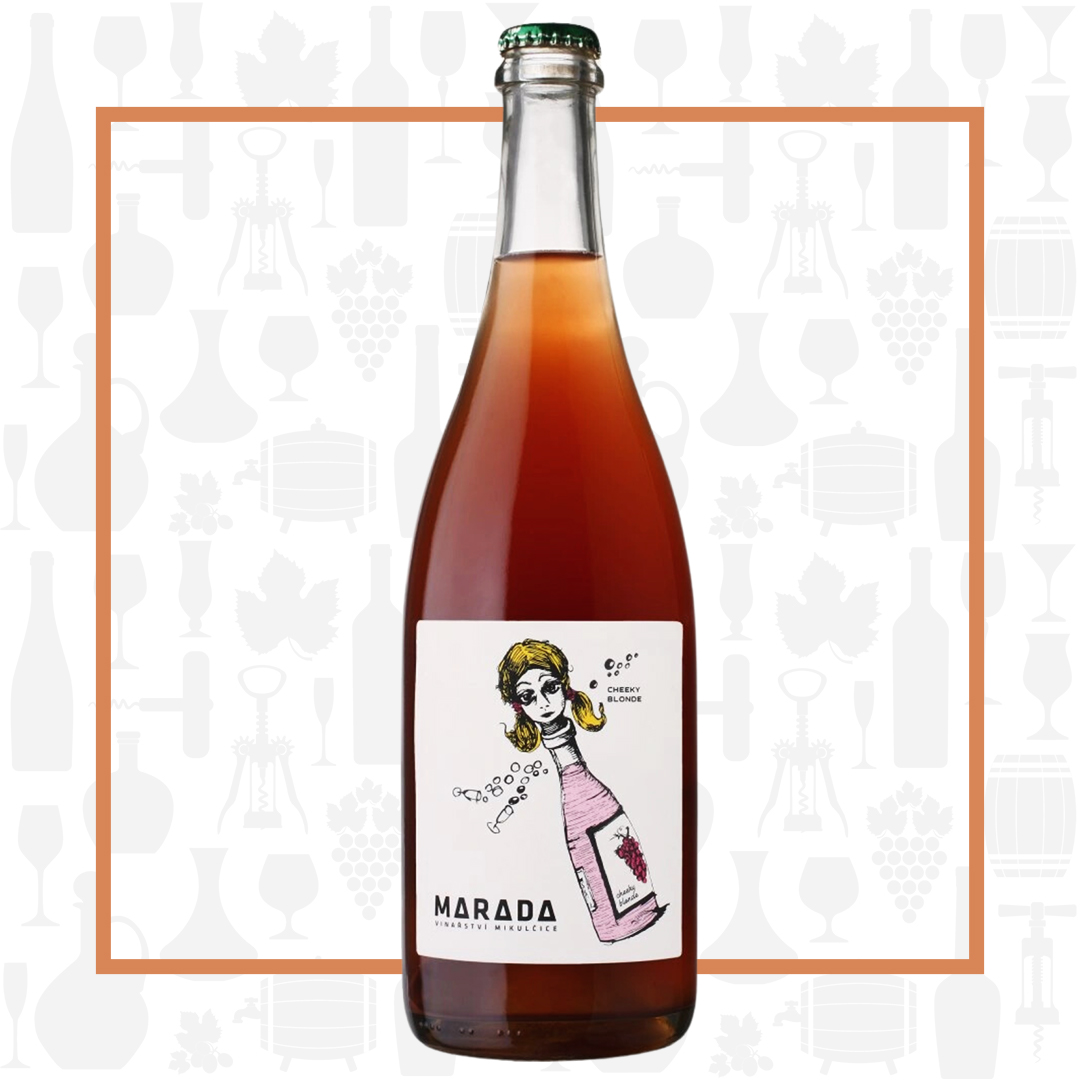Cellar Profile
Founded in 2006, Petr Marada’s eponymous winery is focused on creating dry wines with varietal precision and sparkling wines of character. His “Natural” wines are clean, fresh and full of primary character and his still, orange and red wines are all lovingly crafted. However, the real passion project here is sparkling: some made in the Traditional Method (where a secondary fermentation is encouraged in bottle), others made in the Ancestral Method (where initial fermentation takes place in bottle). Four distinct vineyards offer four unique sets of soil types which include sandy loam, loess, chalky tuffeau and volcanic.
Region
Moravia is the largest wine region in Czechia, accounting for 96% of total production. It sits on the border of Austria and Slovakia, on the same parallel as Champagne, but is warmer than any of them during the growing season, growing grapes with higher sugar content, leading to fuller-bodied wines with riper flavours. The soils are mostly marine and freshwater sediment left over from large inland seas, along with tuffeau, sandstone, limestone and loess. The driest months in the region are happily also the months where ripening of the grapes is most crucial (August and September), so vintages are fairly consistent. Marada is located in the Slovácko sub-region of Moravia, well known for producing quality wines.
Vineyard
The Čtvrtky vineyard lies in the Mikulčice municipality of Moravia. The loess soils are deep and rich in mineral content and lime. These are considered perfect conditions for lighter-bodied, thin-skinned reds such as Pinot Noir. While these old vines are farmed naturally, with no use of pesticides or chemical interventions, they cannot certified organic as the neighbouring vineyards are not.
Winemaking
Harvested by hand, the grapes are de-stemmed and hand-sorted to ensure each berry is free from disease or botrytis. After a few of days of maceration, the juice is pressed into bottle and sealed with a crown cap. It undergoes fermentation in the Ancestral Method – in bottle, on its gross lees – resulting in an unfiltered lightly sparkling Pét-Nat with tons of character.
Varieties
Pinot Noir—chiefly associated with the Burgundy region of France— is grown around the world, mostly in cooler climates. The grape’s tendency to produce tightly-packed clusters makes it susceptible to several viticultural hazards involving rot that require diligent canopy management. When young, wines made from Pinot Noir tend to have red fruit aromas of cherries, raspberries and strawberries. As the wine ages, Pinot has the potential to develop more vegetal and earthy aromas that can contribute to the complexity of the wine. Thin skins and low levels of phenolic compounds lend Pinot to producing mostly lightly-coloured, medium-bodied and low-tannin wines that often go through phases of uneven and unpredictable aging. Frequently used for the production of sparkling wines. André is an indigenous grape of Czechia. A crossing of Frankovka and St. Laurent, these thin-skinned, highly acidic grapes need a long growing season to fully ripen before harvest.
Tasting Notes
Brilliant ruby-rust coloured, with an evocative nose of lavender, sour cherry, green tea and raspberry. Not bone dry, with some tartness and a creamy spritz. Cran-raspberry, earth, sour cherry and a touch of soy/umami on the palate, with tons of lip-smacking acidity. Chill and enjoy as an aperitif, over ice, on the patio or serve with Thai takeout.

